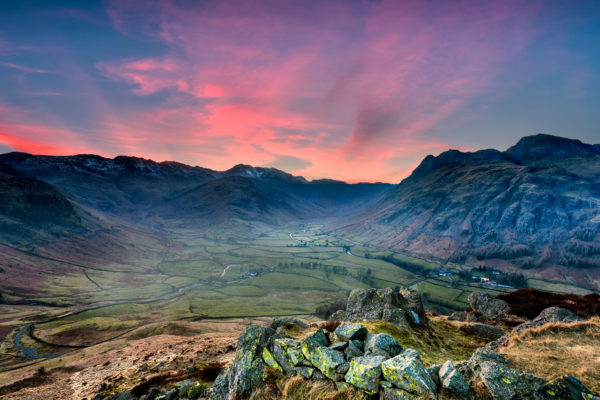Your National Parks
Scroll down
- Country
About your National Parks

Find out more
What is a National Park?
Some basic facts about these stunning landscapes and their special designation.

Find out more
The history of National Parks
The stories behind the creation of National Parks in the UK.

Find out more
Who looks after National Parks?
Meet the people who protect and manage these special places.















